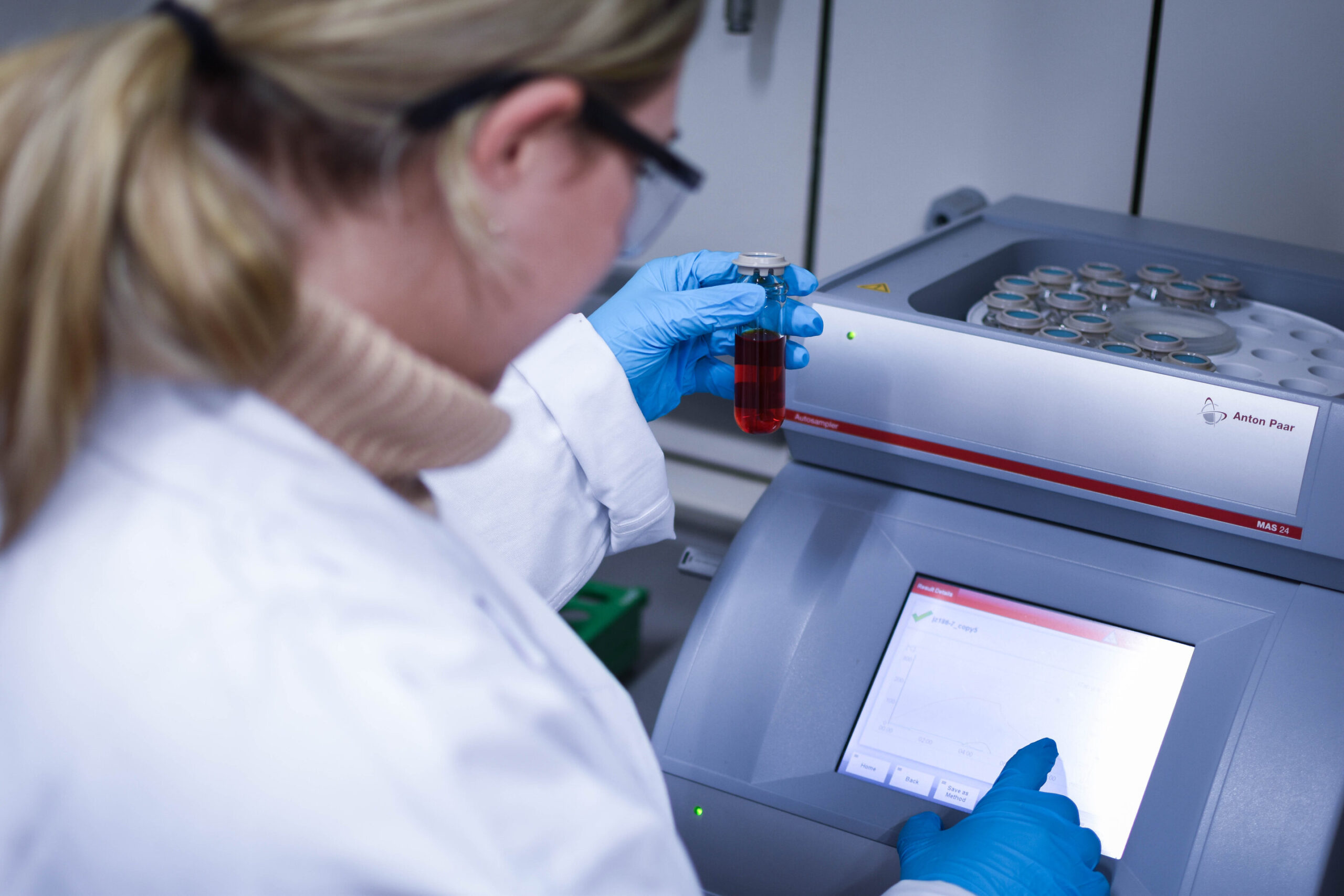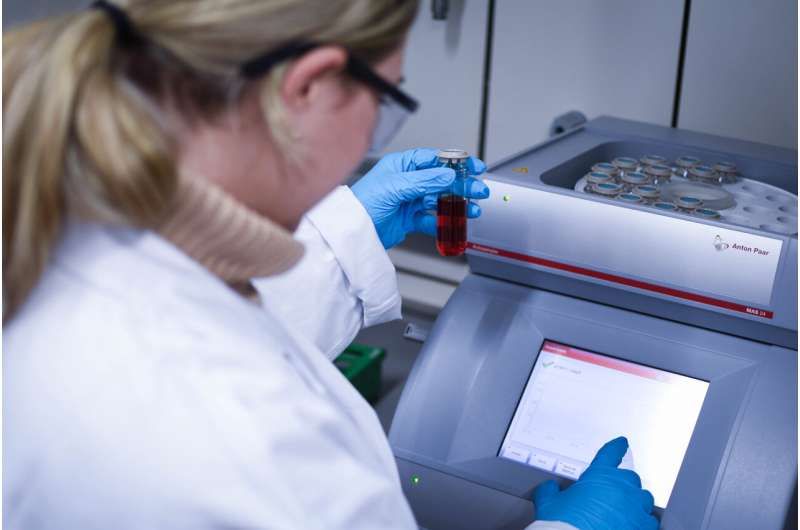

Researchers from the Bavarian Center for Battery Technology and the “SolTech” research network at the University of Bayreuth have presented a new production method for electrocatalysts: a fast, low-temperature synthesis of special ceramic materials (high-entropy oxides).
The results from the Chair of Physical Chemistry III and the Max Planck Institute for Iron Research in Düsseldorf could make the electrolysis of water and the associated hydrogen production more energy-efficient in the future. The results have now been published in the journal Advanced Functional Materials.
Currently, electrocatalysts based on iridium or ruthenium oxide are mainly used, which significantly increases material costs and also makes large-scale expansion difficult in terms of material availability. High-entropy transition metal oxides are becoming increasingly interesting for these processes. However, these are usually obtained at high temperatures and with long synthesis times.
“In this work, we present for the first time a low-temperature synthesis of high-entropy oxides, more precisely of spinels with a high iron content,” reports Prof Dr. Roland Marschall, holder of the Chair of Physical Chemistry III at the University of Bayreuth. The new type of synthesis in the microwave makes it possible to reduce the synthesis time to minutes (usually 5–30 minutes in this case) and the temperature to 225°C.
On one hand, the synthesis is therefore much less energy-intensive, and on the other hand, this enables the production of nanoparticles. This is particularly interesting in catalysis, as nanoparticles have a particularly high surface-to-volume ratio and the catalytic reactions required for electrolysis take place on the surface.
“In our work, we were able to show for the first time that a wide variety of different compositions with up to seven different metals in addition to iron can be achieved with this simple low-temperature synthesis,” says Prof. Marschall. Partially replacing iron with cobalt, which is known for its high activity, enabled an additional increase in catalytic activity.
“Finally, the activity of the catalysts depends to a large extent on the composition—but this is not freely variable in all previous synthesis methods. Our method, on the other hand, is highly flexible, which enables the incorporation of a large number of elements in different oxidation states and also allows the composition and thus the activity of the catalysts to be adjusted,” says Prof. Marschall.
More information:
Judith Zander et al, Medium‐ and High‐Entropy Spinel Ferrite Nanoparticles via Low‐Temperature Synthesis for the Oxygen Evolution Reaction, Advanced Functional Materials (2023). DOI: 10.1002/adfm.202310179
Provided by
Bayreuth University
Citation:
Researchers develop fast and energy-saving synthesis method for new electrocatalysts (2023, December 14)
retrieved 14 December 2023
from https://phys.org/news/2023-12-fast-energy-saving-synthesis-method-electrocatalysts.html
This document is subject to copyright. Apart from any fair dealing for the purpose of private study or research, no
part may be reproduced without the written permission. The content is provided for information purposes only.





